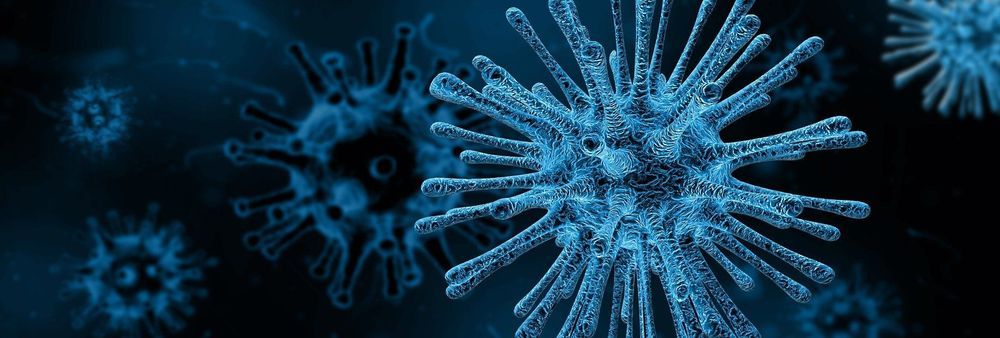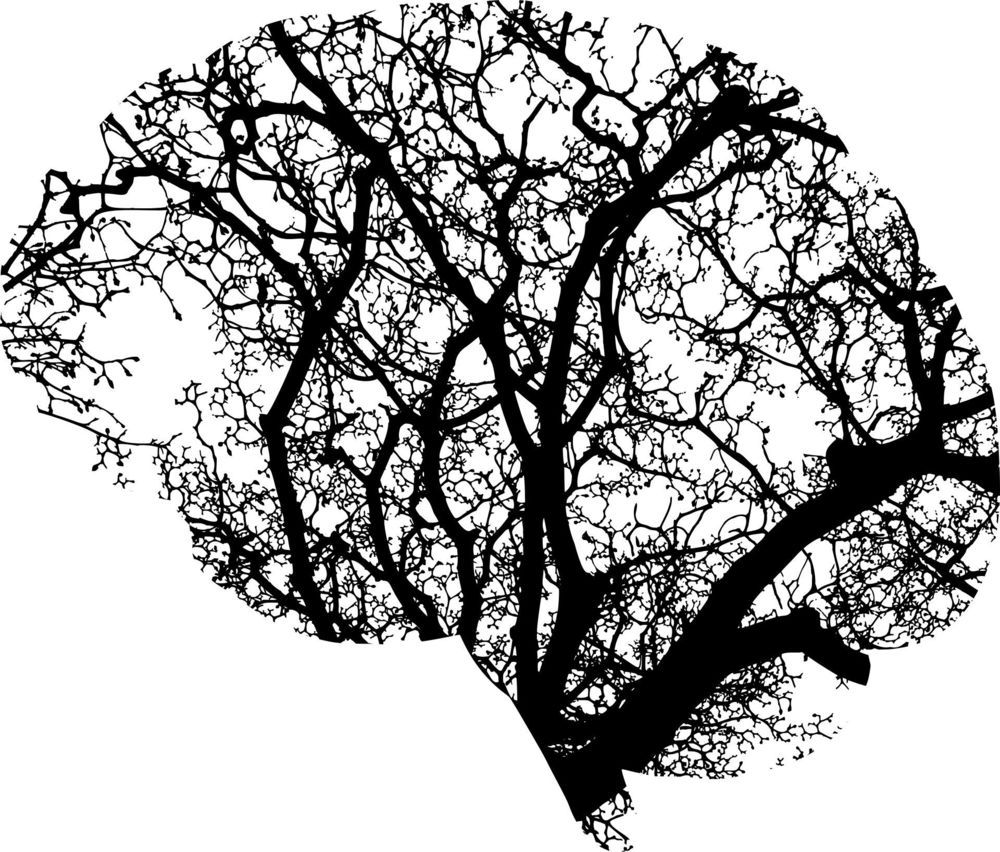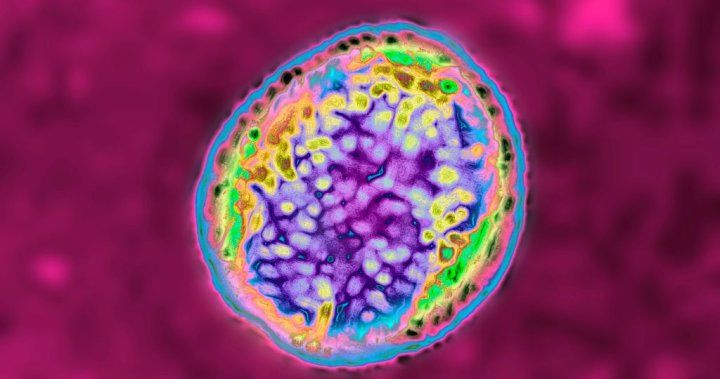Human limitations are part of the reason we conjured up meta-humans with DNA that enables them to do things we could never dream of doing, such as fly, turn invisible, and regenerate.
The West African lungfish sounds like a creature spawned from science fiction. It can regrow its tail and fins if hungry jaws snap a part of it off, much like a salamander. Its incredible regeneration abilities indicate that these particular traits came from a common vertebrate ancestor — and humans are also vertebrates. Now evolutionary biologist Igor Schneider and his research team are trying to understand the mechanism behind this almost paranormal power, and how it could apply to a human.







